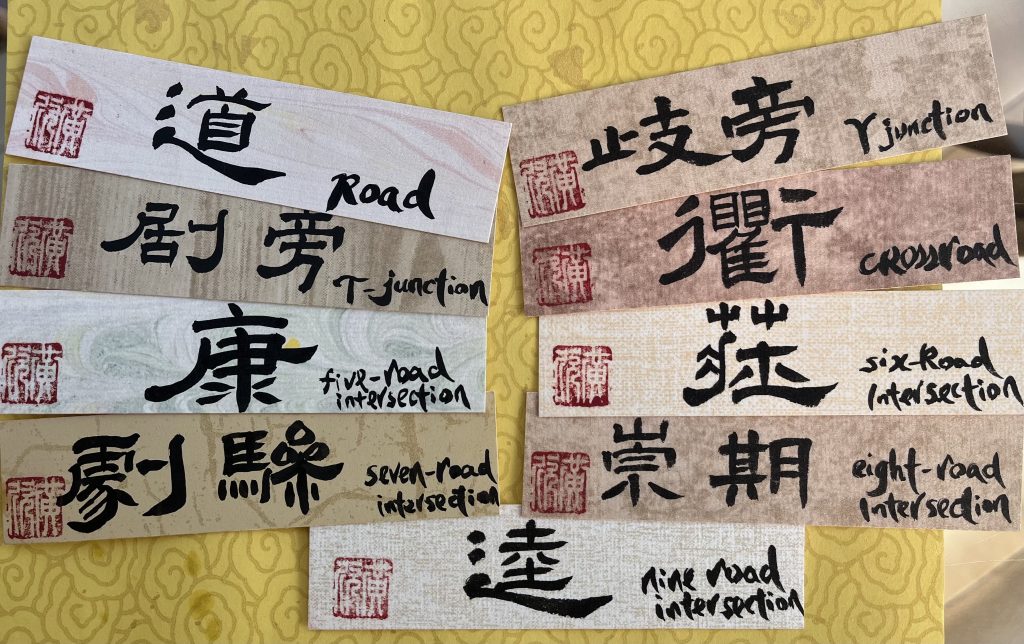We often extend wishes for good health to others, hoping for the same for ourselves. Yet, what does it truly mean to be healthy? Does the absence of detectable illness through modern medical technology equate to health? If so, why do we sometimes feel unwell even when our lab tests show nothing wrong? This concept is where the notion of “sub-health” comes into play. What factors contribute to this state of suboptimal health?
Chinese traditional medicine, deeply interwoven with the tapestry of Chinese culture and language, finds its roots in the profound meanings of Chinese characters. The term 健 (Jiàn)康(kāng) encapsulates the essence of good health with its two characters representing different facets of well-being in a holistic way.
The character “健” can be used as an adjective or an adverb, both meaning powerful. When used as a verb, the character “健” means “to make strong,” such as in the common phrases like exercising, keeping fit, and promoting digestion. Nowadays, many people go to the gym, where activities are done to strengthen external muscles, but may forget to strengthening internal organs, for example, to make the stomach stronger so the food can be digested more effectively. “健” means powerful. What lies behind power? It’s energy; strength comes from having energy. The meaning of “健” is to have energy and strength. We will discuss where we get energy in another post.
Now let’s continue to look at the character “康” (“kāng”). In the “Erya • Explanation of Palaces,” , a dictionary composed in 500BC, it describes various intersections: a single pathway is “道,” a split pathway is “歧旁,” a T junction is “劇旁,” a crossroad is “衢,” a five-road intersection is “康” (‘kāng’), a six-road intersection is “莊,” a seven-road intersection is “劇驂,” an eight-road intersection is “崇期,” and a nine-road intersection is “逵.”

Therefore, “康” (‘kāng’) symbolizes a nine-road intersection where all five paths are clear, metaphorically representing the body’s internal system and highlighting the fundamental need for a human body to maintain normal operation. The benefit of this smooth internal traffic in the body is that waste products generated throughout the body can be promptly removed, and nutrients can be promptly transported. The normal metabolism of the body can proceed smoothly, and the various functions of the body can operate normally. This state is described as 康”kāng”.
健 (Jiàn) and 康(kāng) complement each other and are indispensable. Having 健 (Jiàn), strength, alone does not constitute health if there is internal blockage in the body. For example, some people may be tall and robust, have great strength, and enjoy eating and drinking, but upon examination, they may have high blood pressure or high blood sugar, which is considered “unhealthy”. On the other hand, some individuals may have unobstructed flow in the body, but are frail and lacking flesh, which is considered “unwell”. Therefore, both aspects are essential and mutually influence each other to shape a holistic notion of optimal health.
